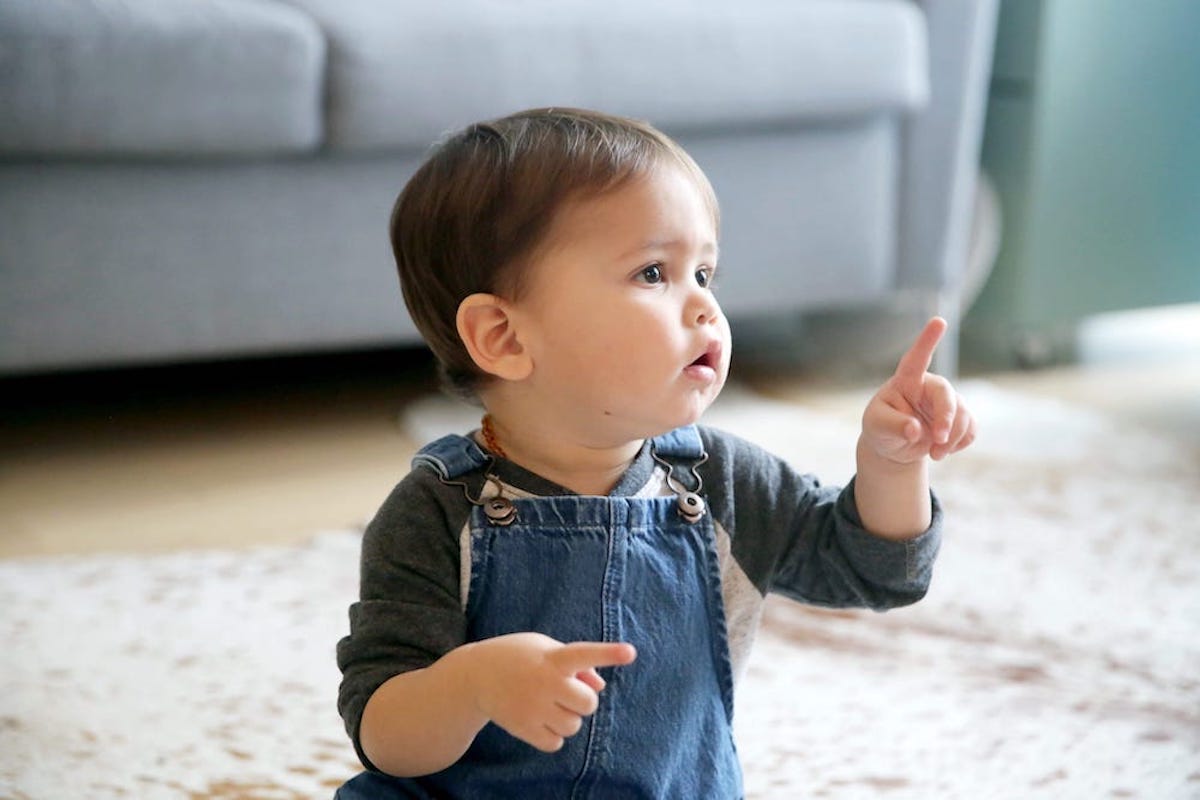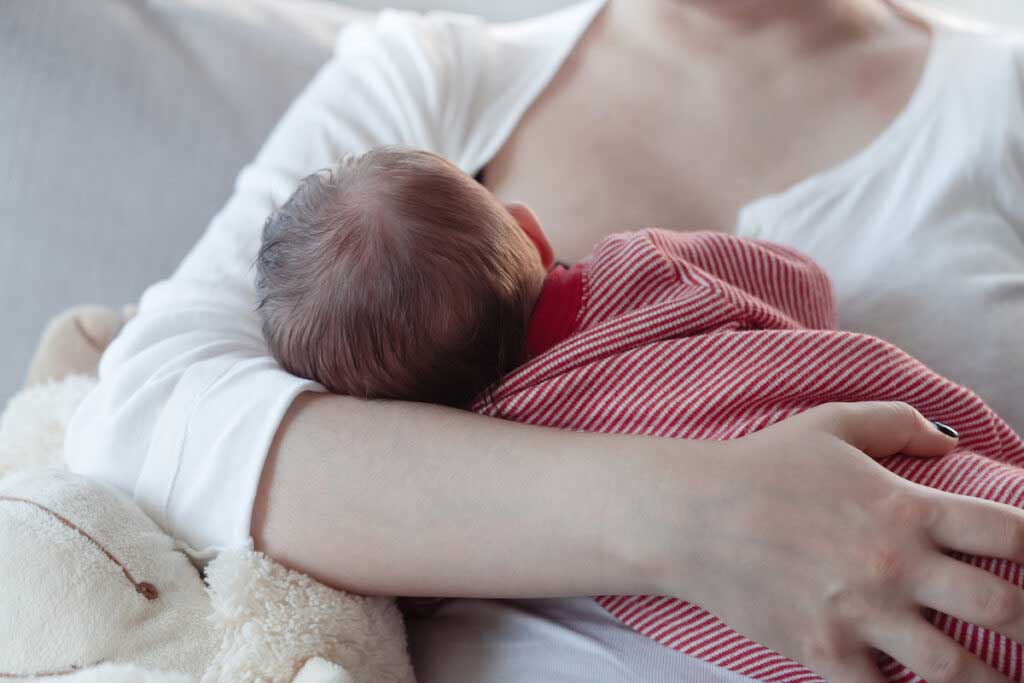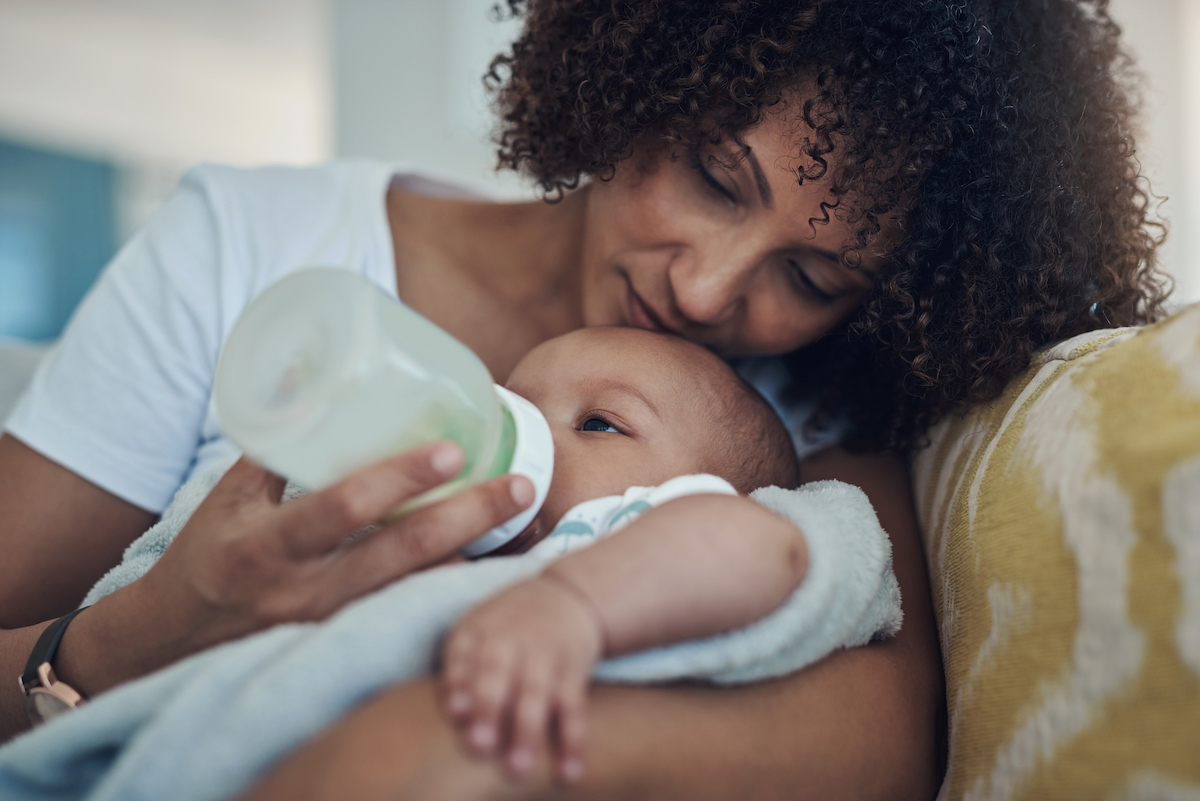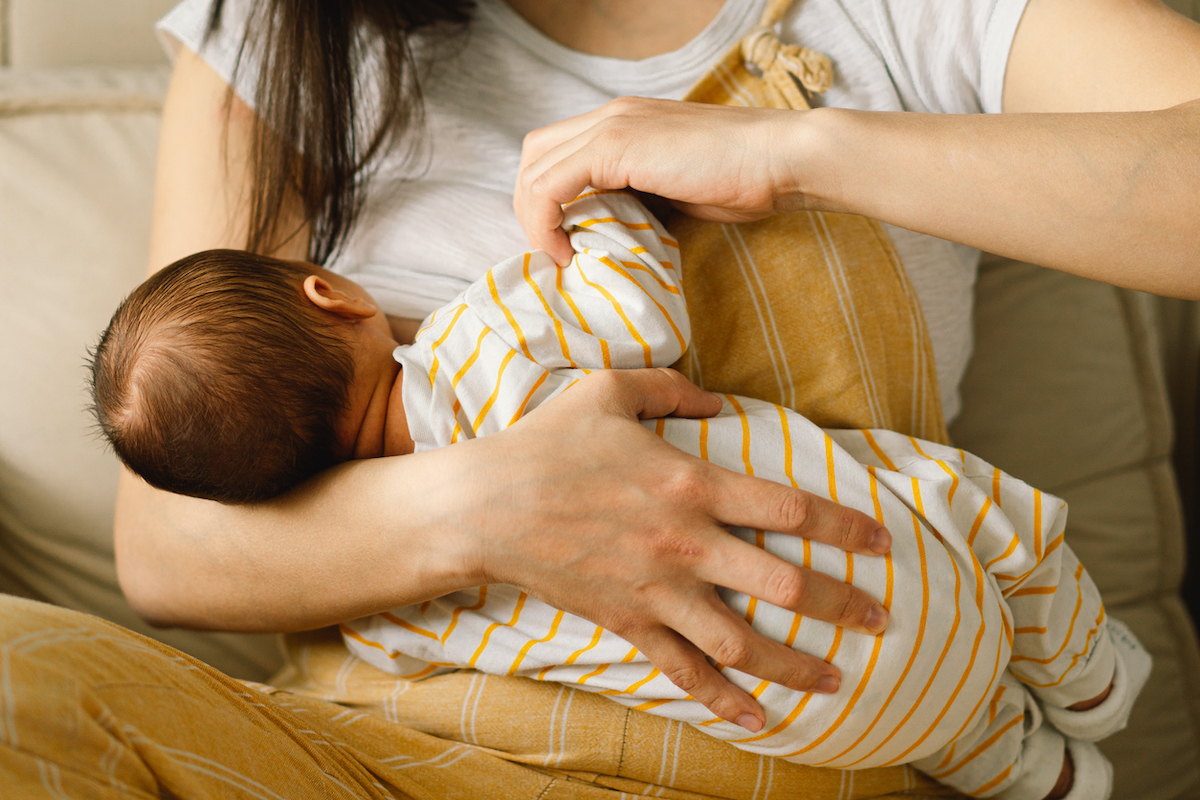I’m a first-time mom attempting to exclusively breastfeed. My child is gaining weight really well, but I’m having some significant latch pain, for multiple reasons (tongue and buccal ties, as well as my own anatomy — flat and inverted nipples). We are still using a nipple shield almost exclusively at seven weeks postpartum, though my lactation consultant is pushing me to try to wean my son off it. Nipple shields work really well for us. They reduce (maybe even eliminate!) my pain, reduce his frustration in finding my flat nipples when he’s hungry, and ultimately make breastfeeding a low-stress and (dare I say?) enjoyable experience for us.
My question is, is there something behind my lactation consultant’s guidance that nipple shields should only be used temporarily? If they’re going to lead to problems in the future, I’ll keep trying to go without, but I can’t find any compelling evidence to go through that, when they are working so well for us right now.
—Overcompensating with a shield
I find the need for this question so frustrating! You’ve got a system that’s working for you, that you like, that is going well. You’re exclusively nursing your baby, which is in line with public-health advice (even if I think that advice is overstated). And still, somehow it is not enough. You’ve got to somehow make it harder! That feels just really … unfair, maybe, is the word I’m looking for.
In terms of data: The primary downside of the nipple shield is less efficient milk transfer. Studies show that the amount of milk that is expressed and consumed is reduced perhaps 15% with the use of a nipple shield. The reduction seems to be less with newer technologies and better materials, so what you’re experiencing is probably on the lower end.
There are three possible issues with decreased milk transfer. One is the chance that your child isn’t getting enough to eat. The way you would know that is if they seem still hungry after eating, or if they are failing to gain weight at a good pace. A second is that they may just want to eat more — basically, they might be getting less at each feeding than if you didn’t use the shields. Finally, for some women the lack of breast emptying can lead to a risk of clogged ducts or mastitis.
If you were having any of these issues — your baby was nursing constantly and seeming unsatisfied or was failing to gain weight, or you were struggling with mastitis — I think it would make sense to make an effort to move off the shields. But it sounds like it is all going great, and, given that, it’s unclear why you would need to make a change.


















Log in